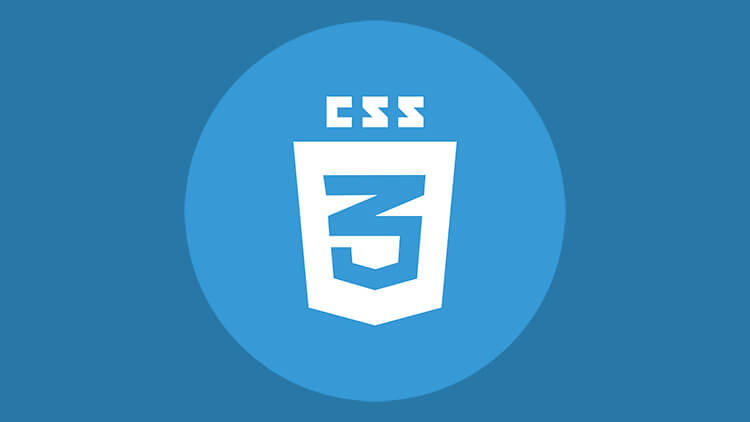Learn GIS Software & Applications
Overview
In today’s digital world, Geographic Information Systems (GIS) have become an essential tool for analyzing and managing spatial data. GIS is used in urban planning, business analysis, environmental management, disaster response, and more. It helps professionals visualize data on maps, identify patterns, and make informed decisions.
This course is designed to help you understand GIS from the ground up. You will learn how to use GIS software, analyze spatial data, create maps, and apply GIS solutions to real-world problems. Whether you are a student, a working professional, or simply interested in learning GIS, this course will equip you with valuable skills that are in high demand across industries.
Why Learn GIS?
GIS is more than just map-making. It is a powerful tool that allows professionals to collect, analyze, and interpret location-based data to solve complex problems. Below are some key reasons why learning GIS can benefit you:
1. Analyze Spatial Data with Precision
GIS helps in understanding the relationships between different geographic features. It allows you to study land use patterns, track environmental changes, assess population growth, and much more. This makes GIS a valuable tool in fields such as urban planning, environmental science, real estate, and transportation management.
2. Create Powerful Visualizations
GIS allows you to transform raw data into meaningful maps and reports. These visual representations make it easier to communicate findings and share insights. Whether it’s a heat map showing crime rates in a city or a map tracking deforestation, GIS helps present complex information in an easy-to-understand format.
3. Solve Real-World Problems
GIS is widely used in various industries to address real-world challenges. For example:
- Urban Planning – Helps in designing efficient road networks, planning new housing projects, and managing public services.
- Business & Marketing – Used for site selection, customer analysis, and logistics optimization.
- Environmental Management – Assists in monitoring climate change, managing natural resources, and assessing environmental risks.
- Disaster Response – Helps emergency teams plan evacuation routes and manage resources during natural disasters.
4. Broad Career Opportunities
GIS skills are highly sought after in multiple sectors, from government agencies to private corporations. Companies and organizations use GIS for data-driven decision-making, leading to numerous job opportunities worldwide.
5. Improve Resource Management
GIS plays a key role in resource allocation, ensuring that infrastructure, healthcare, and environmental resources are distributed efficiently. It helps policymakers and businesses optimize land use, energy distribution, and water management.
Who Can Learn GIS?
GIS is not limited to geographers or environmental scientists. It is a multidisciplinary skill useful in various fields. This course is ideal for:
- Students and professionals in geography, engineering, urban planning, business, architecture, environmental science, and IT.
- Individuals who want to use spatial data for research, analysis, and decision-making.
- Anyone interested in learning how maps and data visualization work.
No prior experience is required. This course will take you through the fundamentals of GIS and gradually introduce more advanced concepts.
Career Scope & Salary
With the increasing demand for GIS professionals, there are numerous job roles available across different industries.
Career Opportunities in India
- GIS Analyst – 3 to 5 lakhs per annum
- GIS Developer – 5 to 8 lakhs per annum
- GIS Manager – 8 to 15 lakhs per annum
Career Opportunities Abroad
GIS professionals working in foreign countries can expect salaries ranging between 50,000 to 100,000 dollars per year depending on their experience, skills, and location.
What You Will Learn in This Course
This course is structured to help you master GIS step by step. You will learn:
- Introduction to GIS – Basics of spatial data, coordinate systems, and GIS software.
- Data Collection & Management – How to collect geographic data from different sources and organize it efficiently.
- Map Design & Visualization – Creating maps with meaningful symbols, colors, and legends.
- Spatial Analysis – Techniques to analyze patterns and trends in geographic data.
- Real-World Applications – Practical case studies in urban planning, environmental management, and business analytics.
- Hands-on GIS Software Training – Working with popular GIS tools to create interactive maps and perform geospatial analysis.
By the end of this course, you will have a solid understanding of GIS principles and the confidence to apply these skills in your field of interest.
Why This Course?
- Comprehensive Curriculum – Covers everything from basic concepts to advanced GIS applications.
- Practical Approach – Real-world case studies and hands-on projects to enhance learning.
- Flexible Learning – Learn at your own pace, from anywhere.
- Career Growth – Gain skills that are highly valued across industries.
GIS is transforming the way organizations work with spatial data. Whether you want to pursue a career in GIS or use it to improve your work in another field, this course will provide the foundation you need to succeed.
Start your journey today and explore the limitless possibilities of Geographic Information Systems!
I am a skilled content writer passionate about crafting engaging and impactful content. With expertise in creating SEO-friendly articles, blog posts, and web content, I specialize in delivering compelling narratives that resonate with diverse audiences. Dedicated to quality and creativity, I ensure every piece stands out and leaves a lasting impression.



